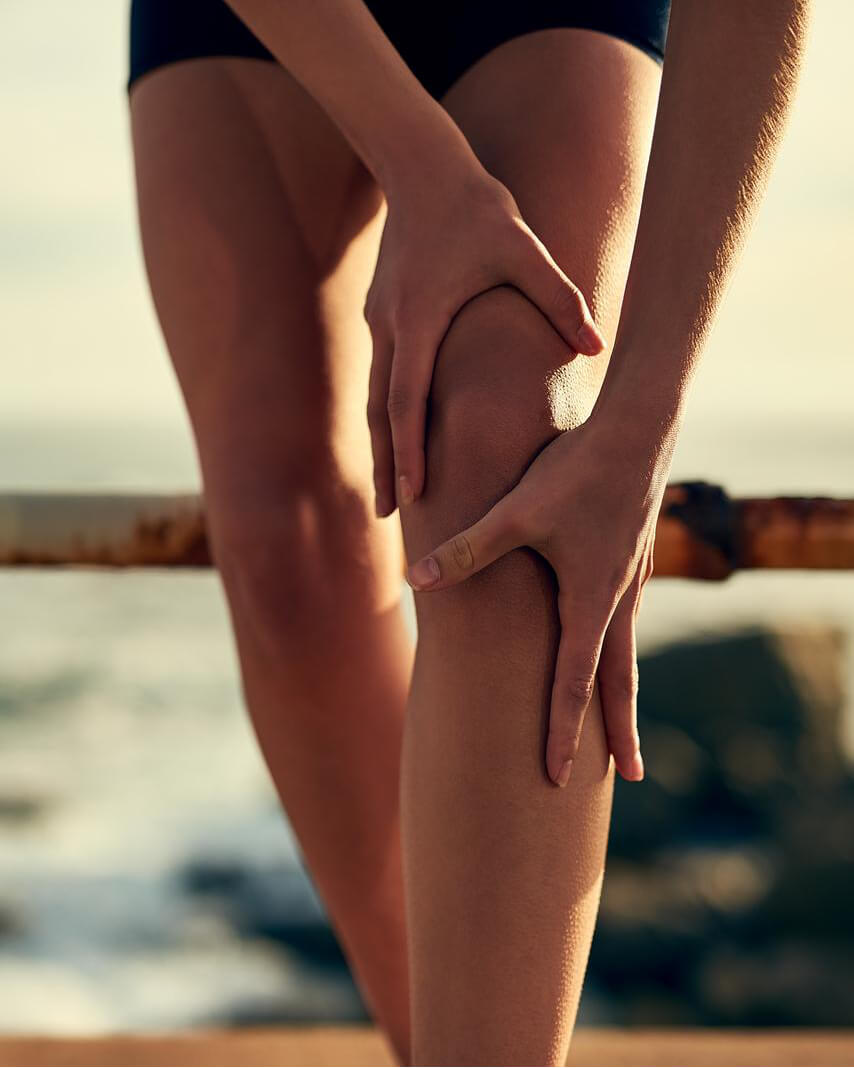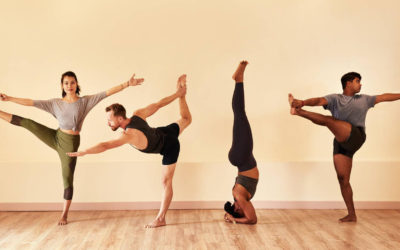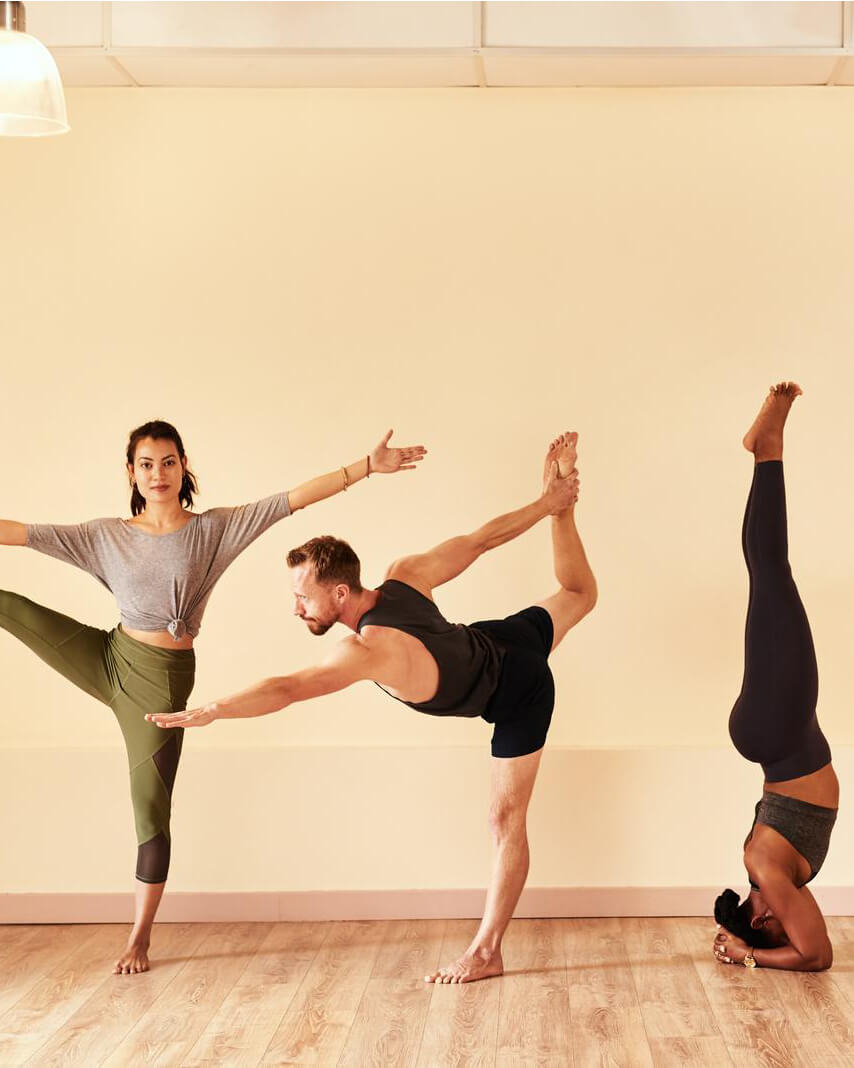Awareness of how appropriately or inappropriately we move or engage our body is the first and the most important step toward sustainable musculoskeletal health. When we are young, symptoms from inappropriate use are not obvious. But by the time they are obvious, it’s often too late. Early learning about what to be aware of in exercise and daily activity movements is fundamentally critical. So then we can gradually correct, develop and improve healthy habits, and forty the practice when we are more prone to excess use and injuries. Ultimately, the well rounded habits allow us to continue doing what we like to do for a long as possible.
What muscles are you using for a movement?
The workout machines tell you what muscle groups you are using in the isolated movements, but what about functional movements when you are not using the machines? We use way more than the major muscles we usually hear about especially in functional movements. What are the muscles our bodies are designed to engage? What are we actually engaging?
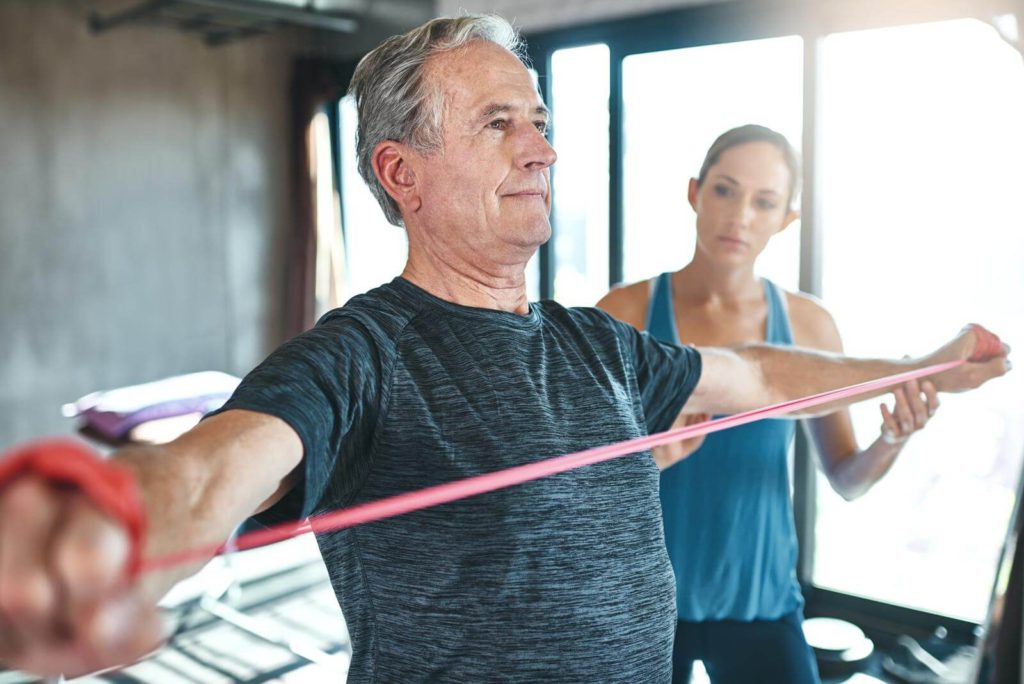
Are some of your muscles inactivated?
It’s common for some muscles to be ‘sleeping’ even for an active person, for example, some muscles in the glutes, shoulder blades, and abs regions. A physical therapist or a personal trainer would be the best to spot the inactivated muscles. Dynamic warm-up to specifically fire up those inactivated muscles before your exercise will tremendously help with your movement performance and protection.
What muscles are you straining when you are not moving?
Injuries happen when you sit or stand for long, or staring at your phone or computer for long too. We can strain our muscles in stillness just as much as in movement. Do you have an ergonomic setup and release tensions of the muscles regularly?
Are you compensating in your movement?
Our bodies are very smart to subconsciously compensate when some muscles are inactivated or injured so you can complete the movements. But that will eventually lead to other injuries because our bodies are not designed to move that way. This happens to most of us, especially to those determined to hurry back to normal. However, it often leads to a plateau before achieving full functionality. It’s best to fix the root problem instead of compensating.
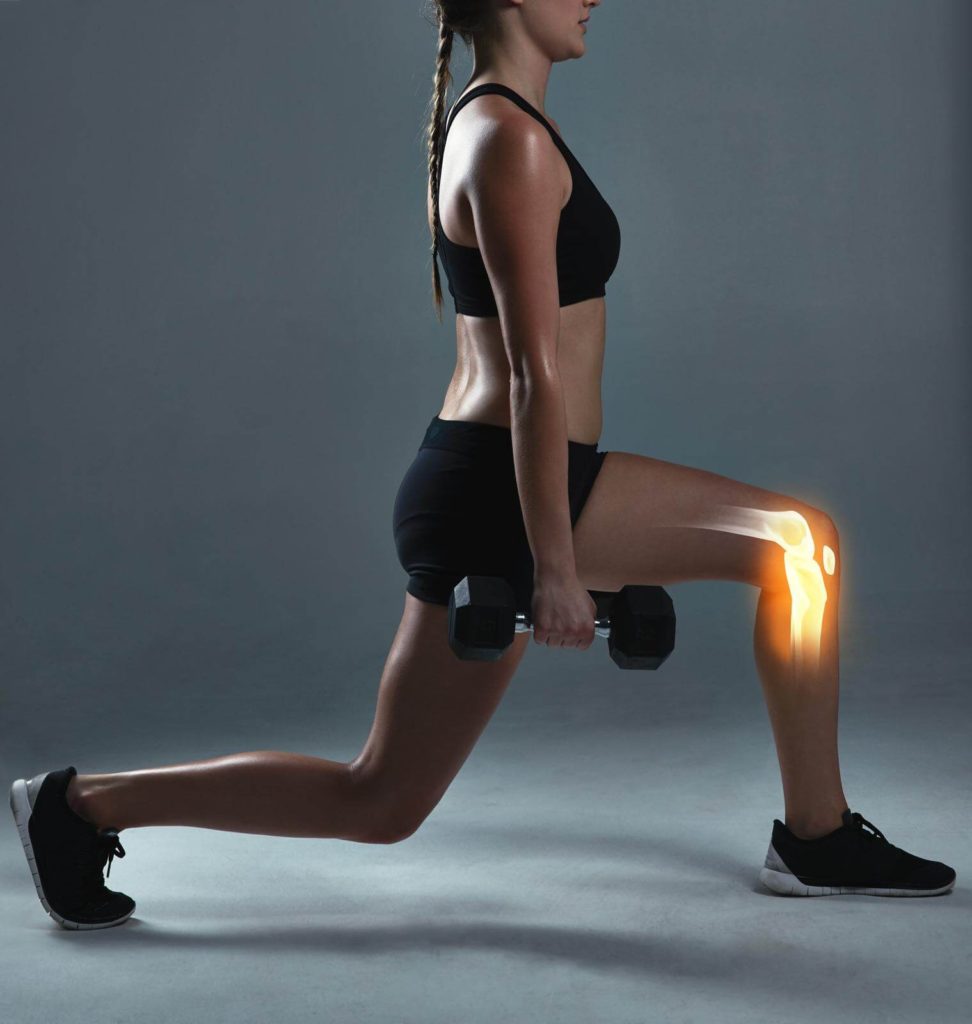
How other muscles are affected by a particular muscle weakness?
For example, compensating or not, foot arch, ankle, or glute weakness can lead to knee pain. Glute or abdominal weakness can lead to back pain. Back weakness can lead to neck pain. Strengthen the weak links if you can.
How’s your stability?
All of our joints need stability, especially the weight bearing ones. Train the small muscles around the joints to help with stability and balancing. We often use multiple joints together so instability isn’t easy to spot. Try movements that isolate or emphasize particular joints to test stability.
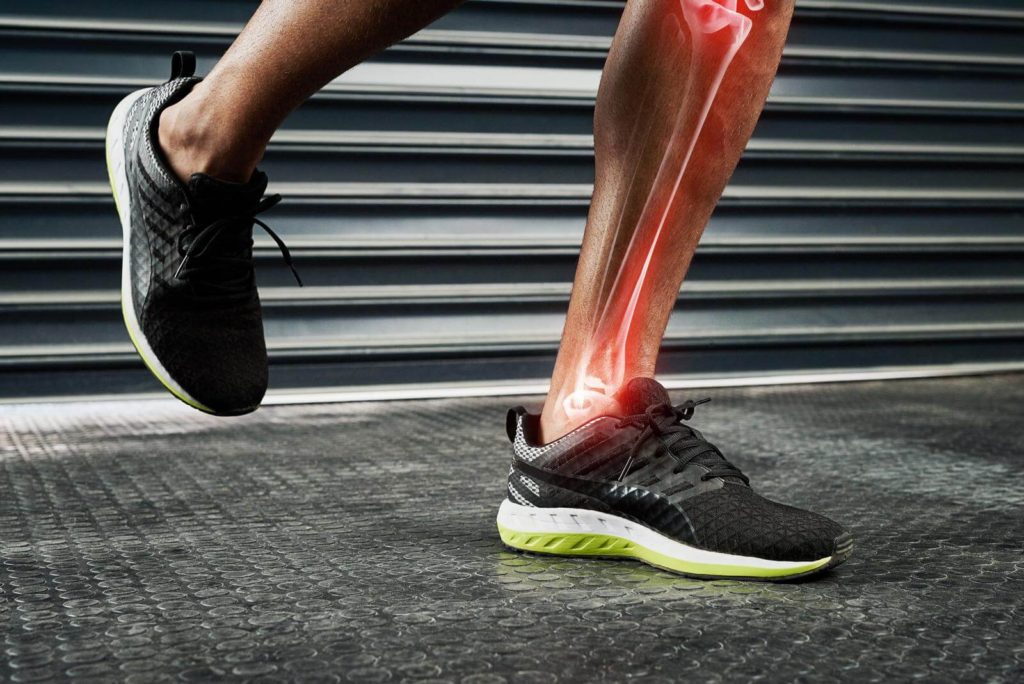
Are your footwear appropriate?
This is so important yet often overlooked. Our entire body weight is on our two feet. If you have high or low arches or other lower body or spine injuries, you will likely need footwear that give you the right support. Parents can help kids start early with appropriate footwear. Additionally, different shoe design provide different performance boost and protection for different sports. It’s often too late when we learn that the footwear is contributing to our pain.
How’s your alignment and form?
Is your neck dropping? How is your spinal alignment, crown to tail bone? Is your hip square? Are your shoulders unnecessarily lifted or tense when you raise your arms? Are you leaning more on one side?
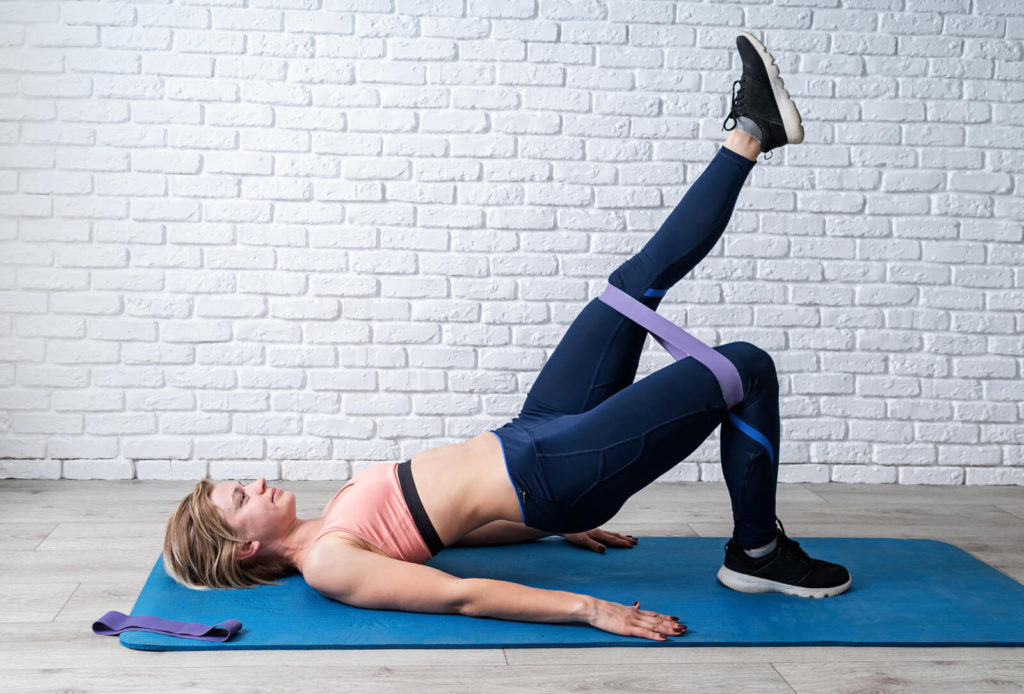
Is your one side of a specific muscle group stronger or more mobile than the other side?
Unilateral exercises can help expose the correct the imbalance between left and right sides. And unfortunately, most of the exercises and daily activities we do usually strengthen the front muscles more. Such imbalance makes us more prone to injuries. Posterior chain muscles exercises for back, glutes and hamstrings can help correct this imbalance.
Are you too flexible or too inflexible?
Our bodies usually have optimal ranges of motion. At the edge of our own range, everybody is tight. When the range of motion is too small, our activities are simply restricted. Being too flexible is not a good thing either. You would be more vulnerable to ligament tears and would need even stronger muscles to protect your connective tissues.
Is there any change in condition?
We often underestimate how quickly and greatly we lose muscle strength when we think the changes in our daily activities, routine workouts, or age are negligible. Often times, we don’t even notice the change. But this is where it’s the most dangerous. We may unintentionally do something currently beyond our capability, although they used to be within our capability. Can we pay more attention to any change? Can we transition more carefully?
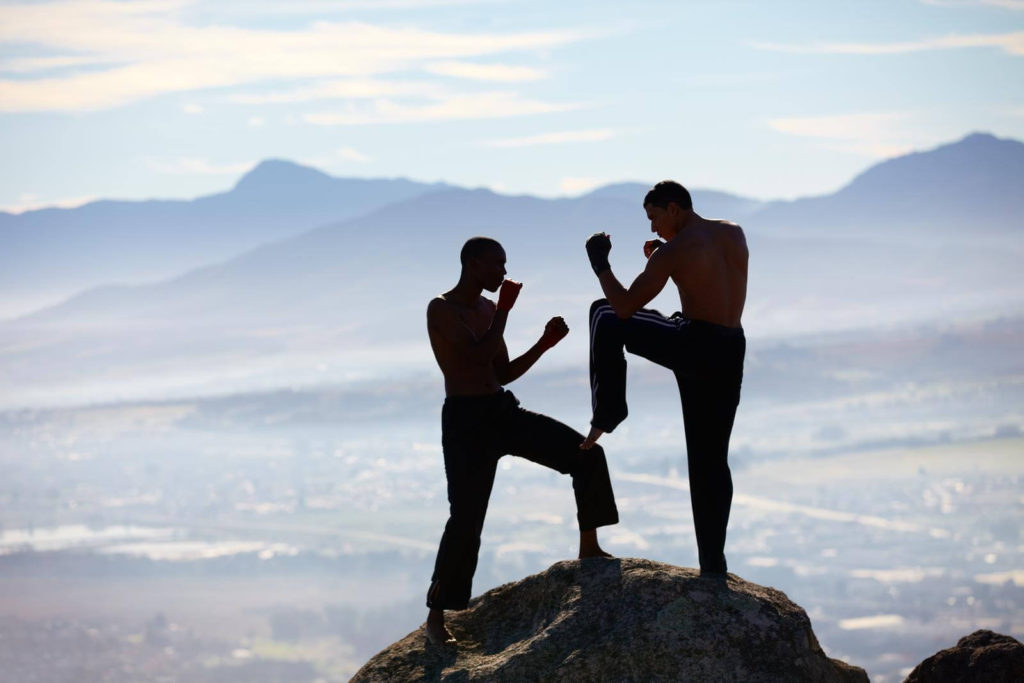
Are you positioning yourself in a perfect storm?
We are all busy, and social media train us to to have short attention spans. But when it comes to our bodies, the thing we need the most everyday, it’s probably worth paying attention to consider collectively. Given all current intrinsic and extrinsic conditions, are there any activities or movements we should avoid? Is there anything we can do to de-risk the situation?
What is the right pace for yourself?
We are all unique. Only we can know ourselves the best if we have the self-awareness. For any training or activity, we can ask ourselves what the right pace is for ourselves at the present time. Eventually, we will gain better self-awareness. Even if we take advice, we take full ownership of the decision for our bodies.
